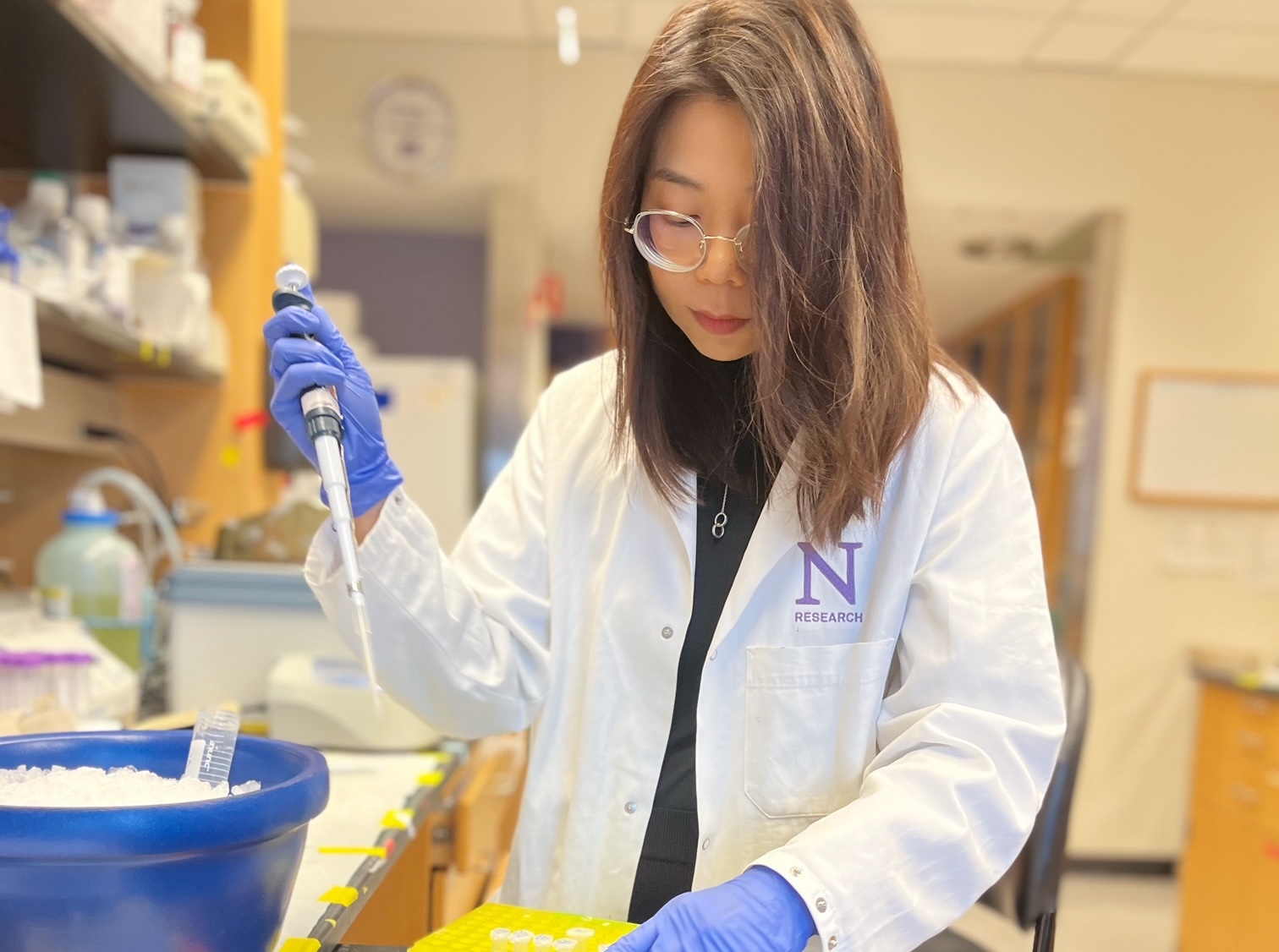Research published online last week in Nature Communications suggests that some of the cell lines most frequently used to study high-grade serous ovarian cancer (HGSOC) may not be the best. OCRF grantee and SAC member Douglas Levine, MD was one of the authors of the paper.
Cell lines derived from tumor tissue are the most frequently utilized models in cancer research and their use has advanced the understanding of cancer biology tremendously over the past decades. Researchers know that that there are genomic differences between these cancer cell lines, which are used for in vitro research, and actual tissue samples, but until now lacked the data to determine which cell lines are the best match. The Cancer Genome Atlas, and the Broad-Novartis Cancer Cell Line Encyclopedia now make this possible.
The researchers analyzed a panel of 47 ovarian cancer cell lines and identified those that have the highest genetic similarity to ovarian tumors. The genetic and gene expression analysis showed “pronounced differences in molecular profiles between commonly used ovarian cancer cell lines and high-grade serous ovarian cancer tumor samples.” Futhermore, they identified several cell lines which are rarely used, but which are actually a much better match for ovarian cancer.
“On the basis of our findings, we recommend an alternative set of ovarian cancer cell lines more suitable for in vitro studies of HGSOC. Although conclusions based on in vitro cell line experiments are not necessarily valid in a clinical setting, choosing cell lines most representative of certain subtypes should increase the value of cell line studies in preclinical research.”
Click here to read the full text of this study.


